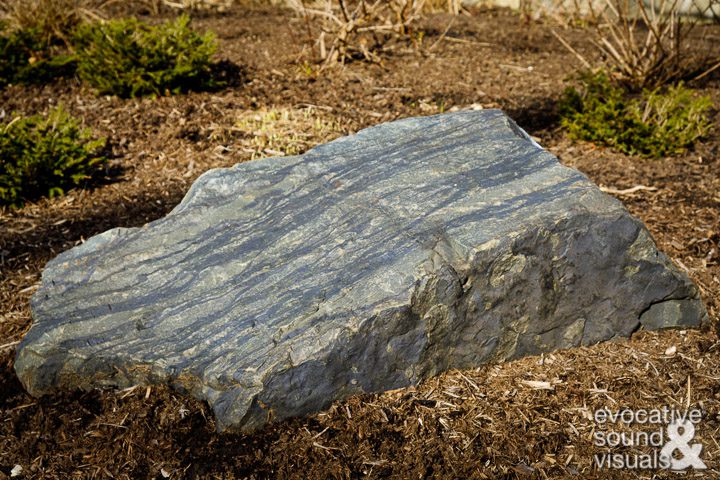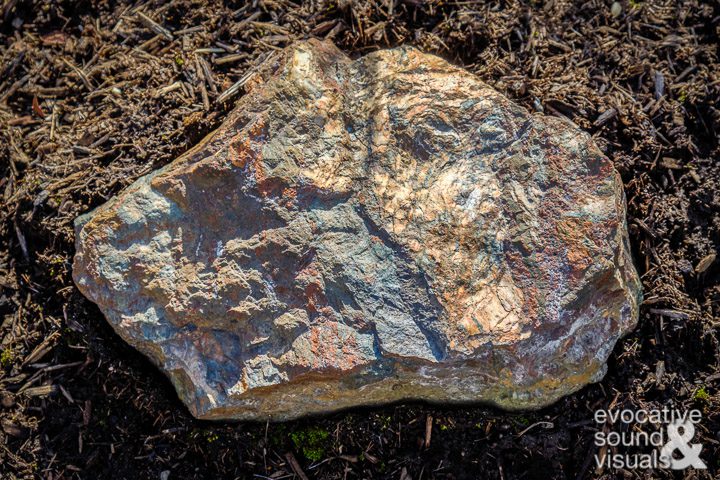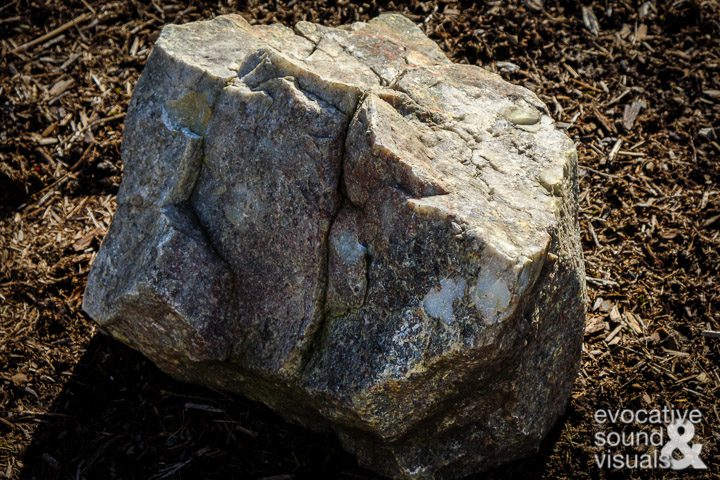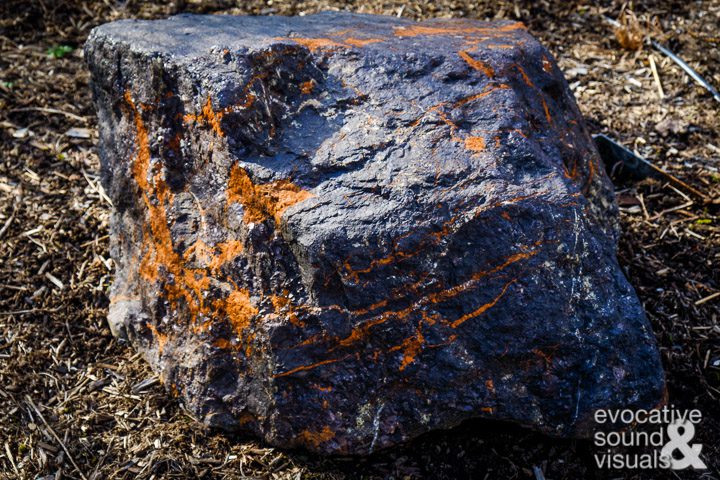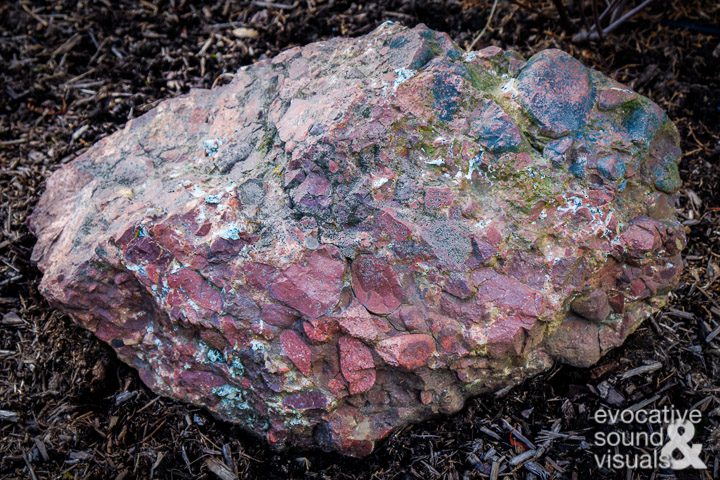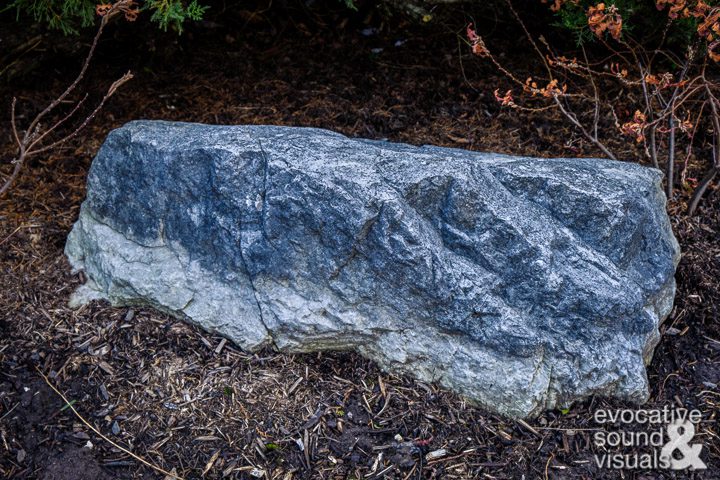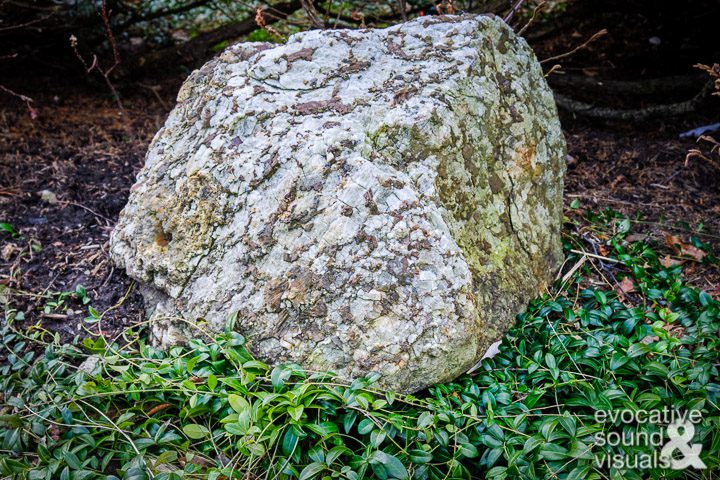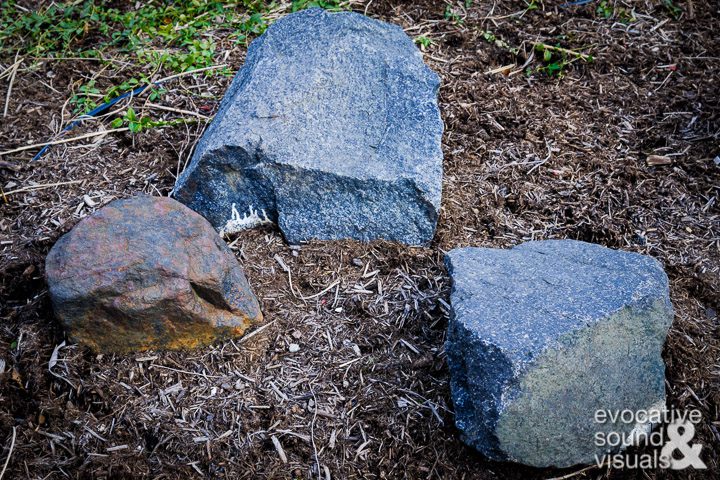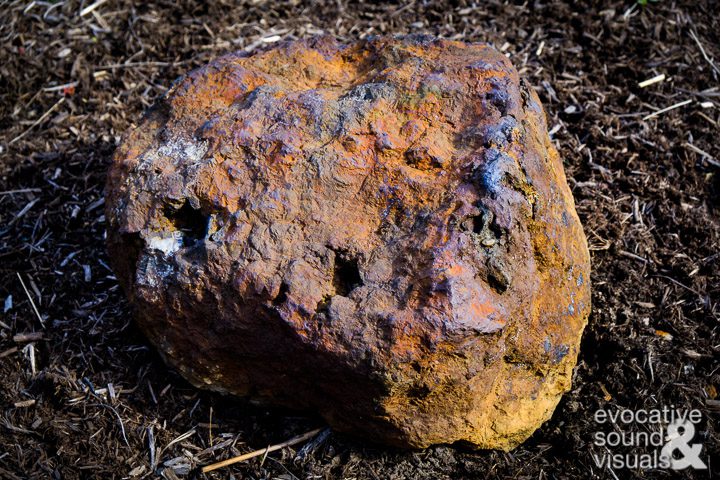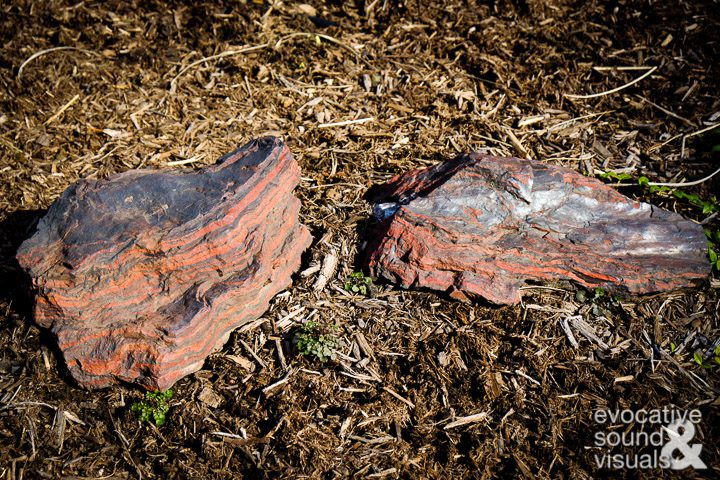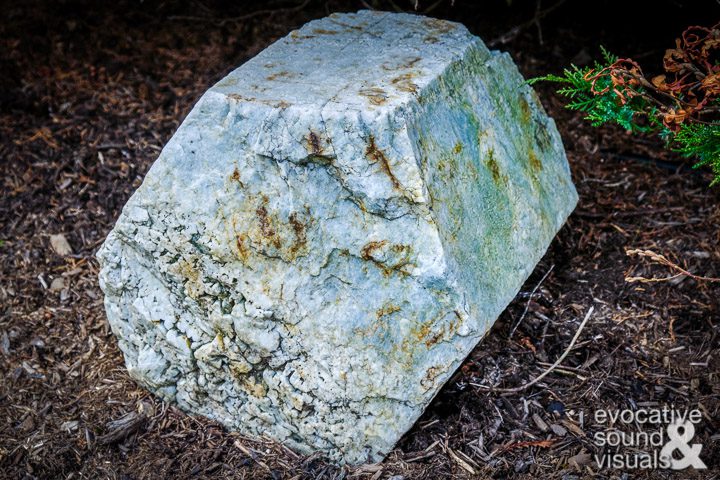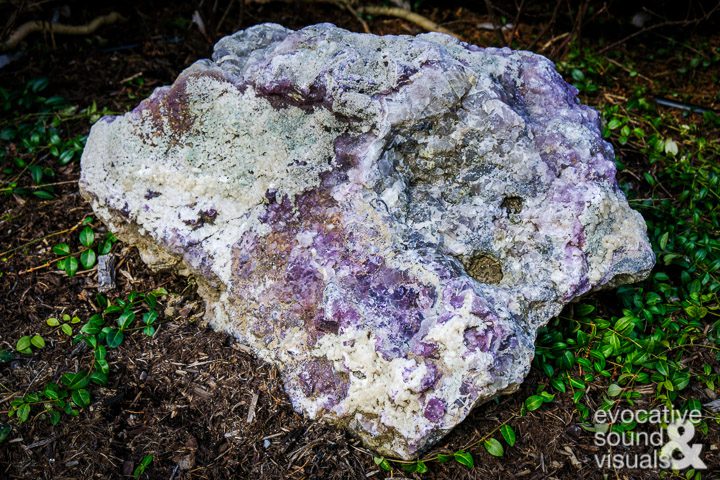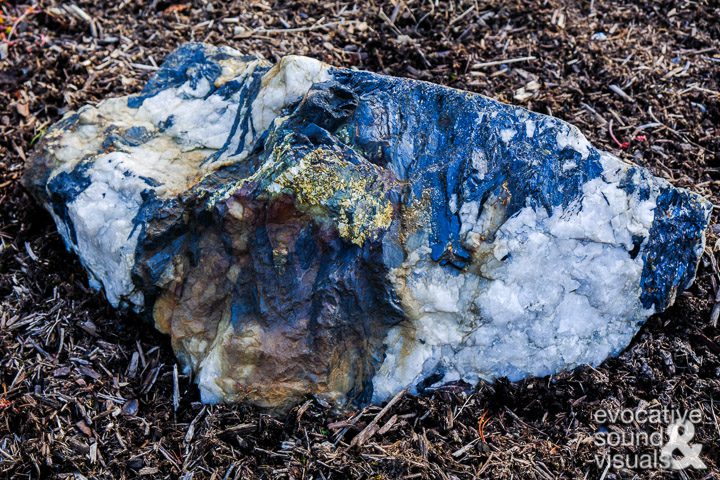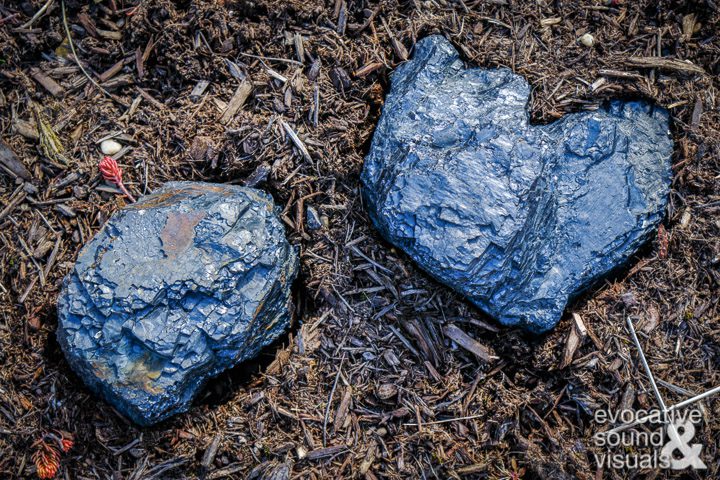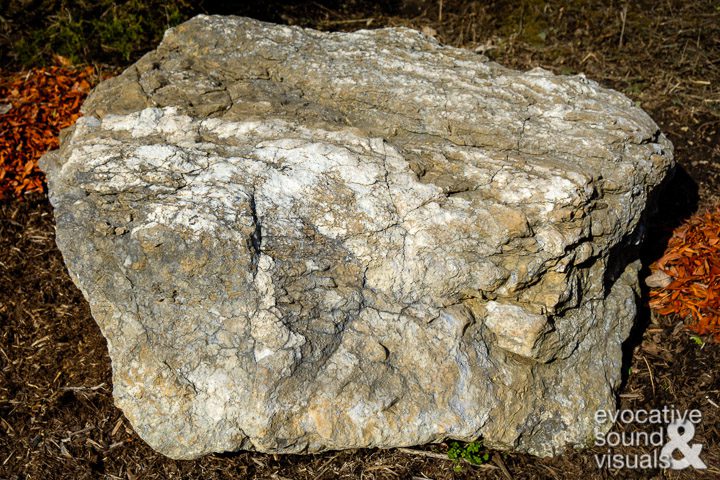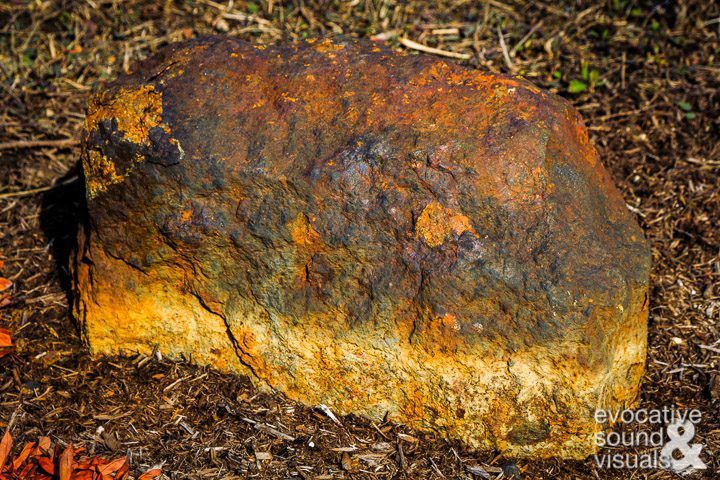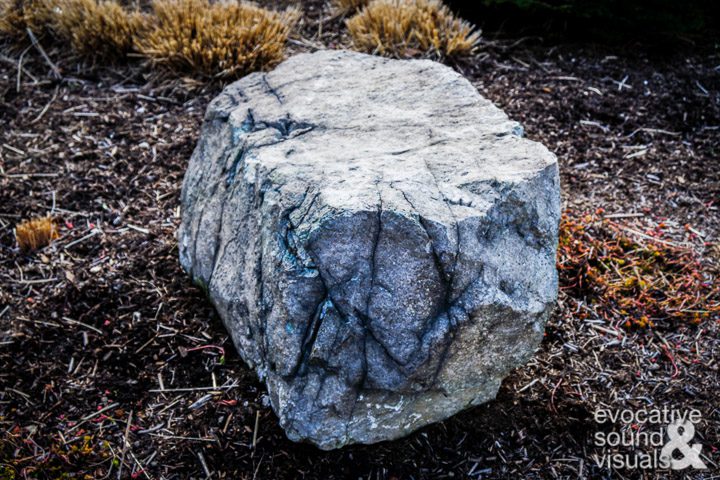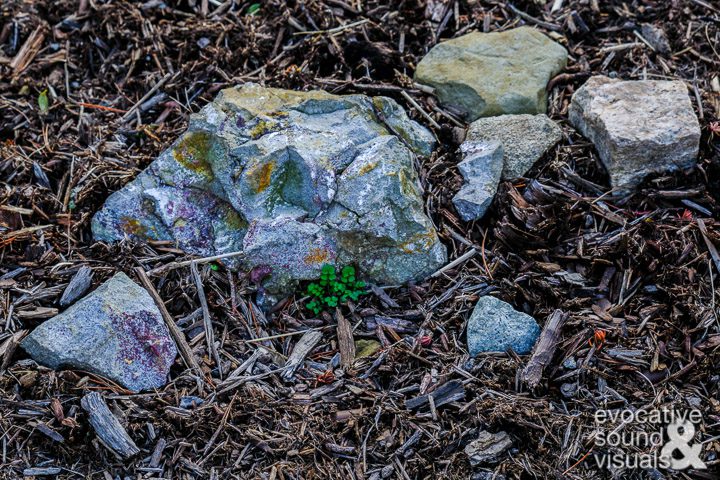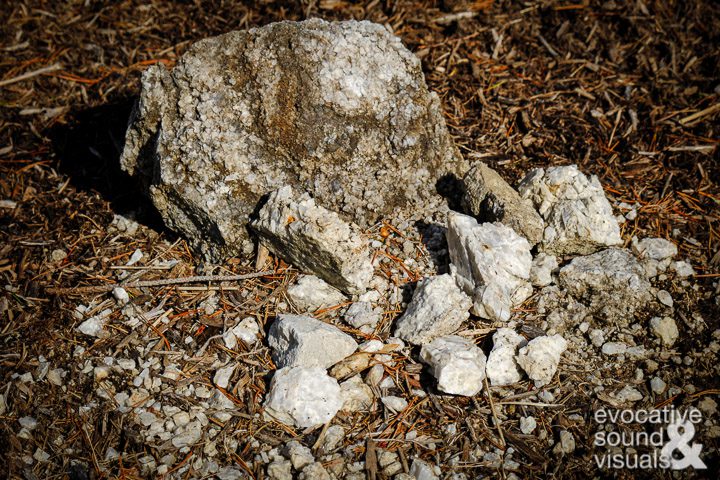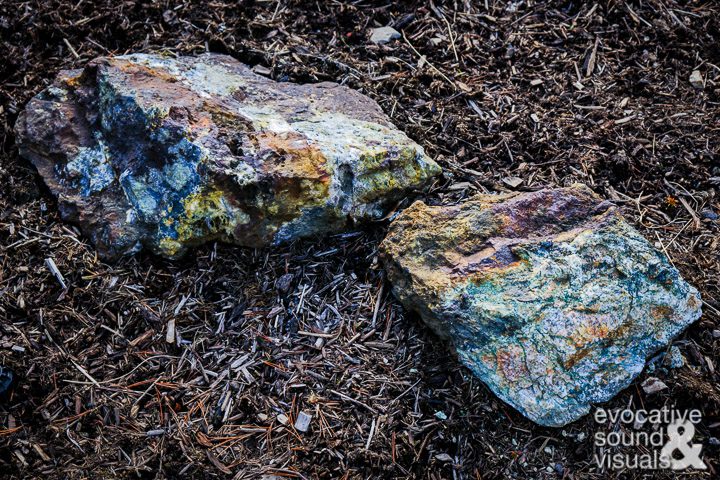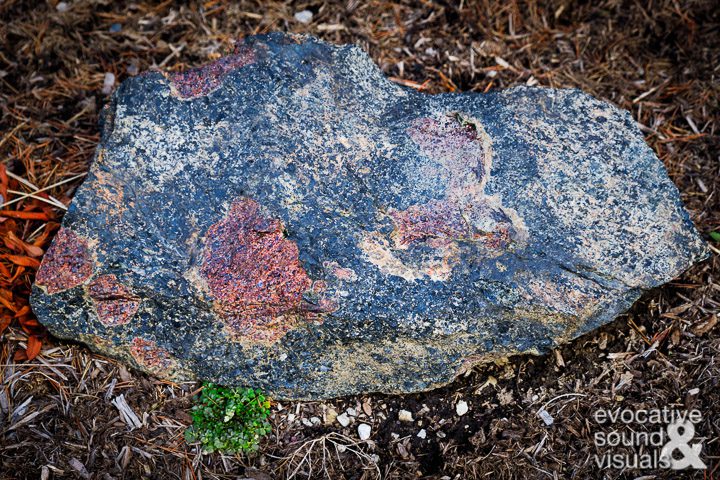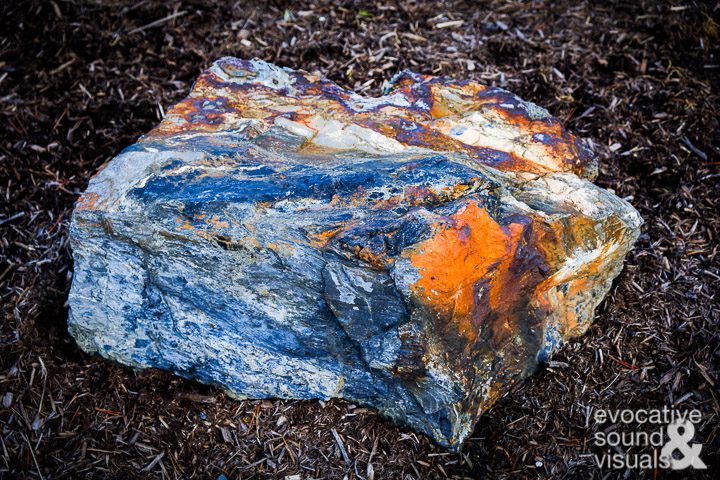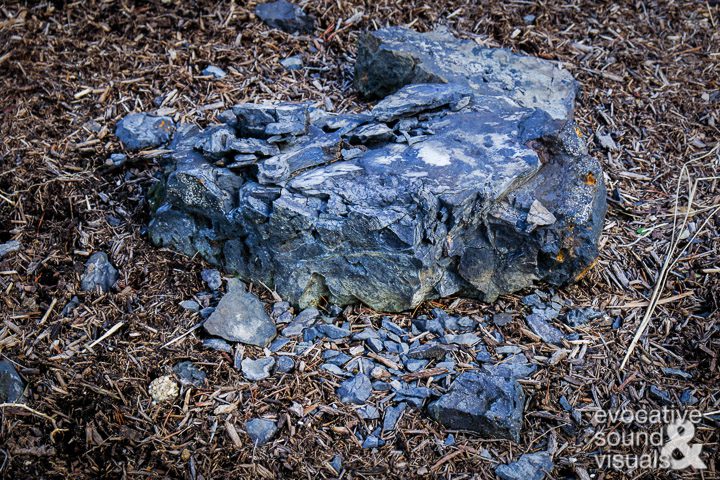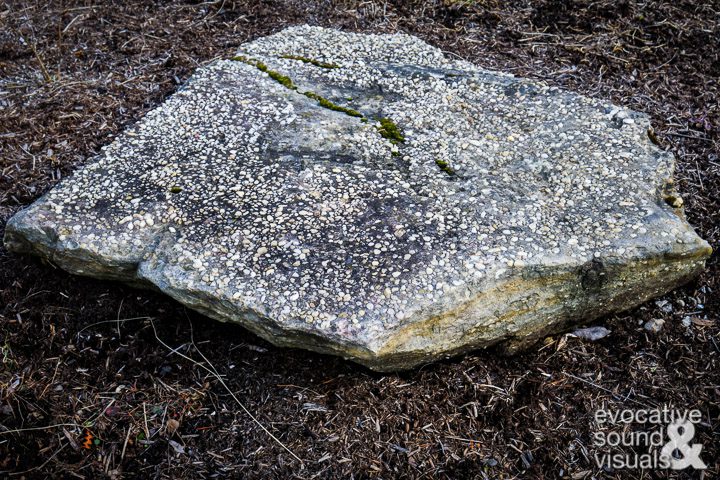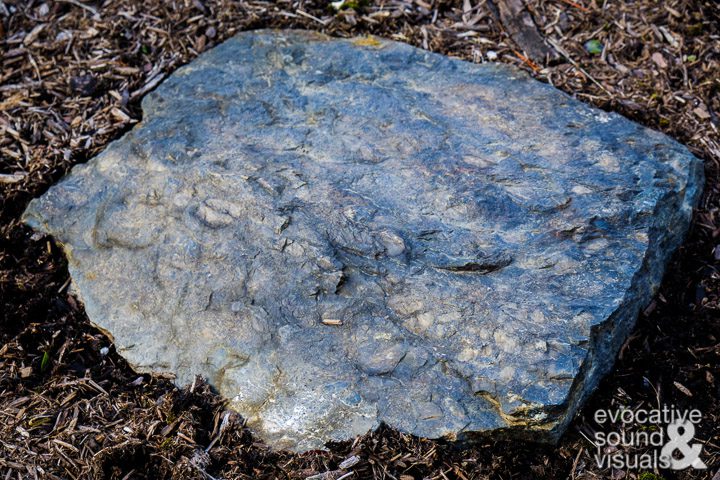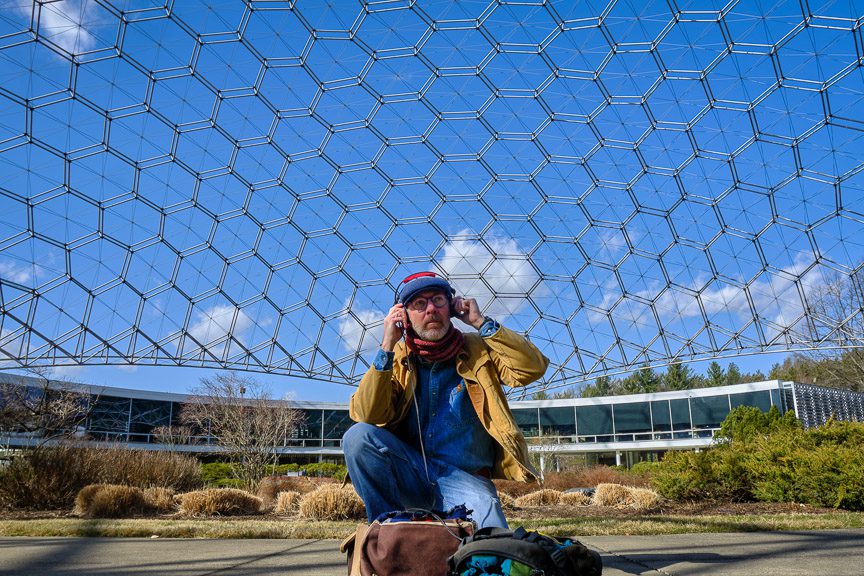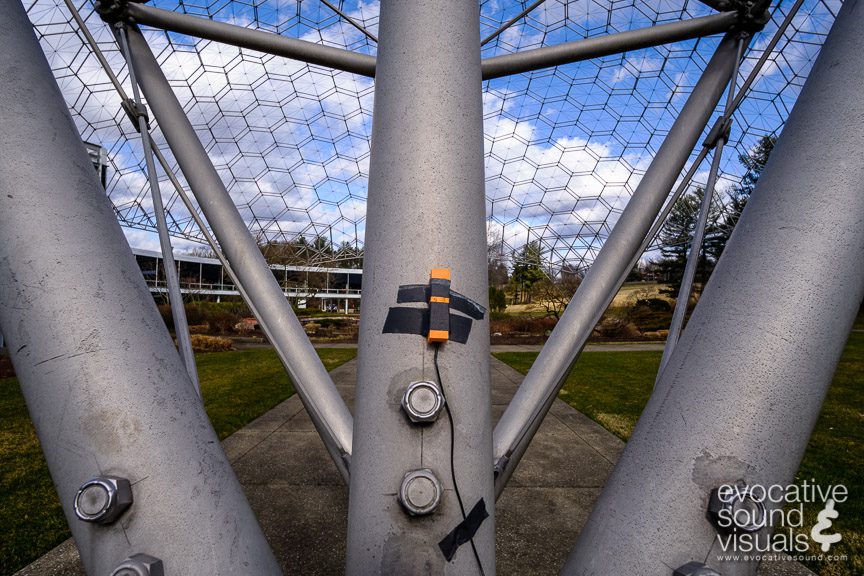What does an 80-ton geodesic dome sound like when strong winds rush past? I wanted to know so I reached out to ASM International. They are a professional organization for materials scientists and engineers in Novelty, Ohio. This futuristic dome is an awesome example of a modernist metal sculpture and the world’s largest open latticework geodesic dome. When strong winds kick up, it begins to sing its own unique tune. Constructed in 1958 of extruded aluminum pipe, it contains over 65,000 parts. It stands 103 feet high and measures 250 feet in diameter.

Five concrete-filled pylons driven 77 feet into the earth anchor the structure. If it sounds as if the dome has a screw loose, perhaps a bolt or nut is rattling. I’m not so sure. Nevertheless, it doesn’t look like it’s going anywhere anytime soon. Steady winds out of the southwest were averaging 25 mph during my visit. When a gust came, some as strong as 46 mph, things got interesting. An outstretched and overgrown pine tree occasionally brushed against the pipe. Providing another soft texture to the sound.
Speed of Sound Dependent upon Material it Travels Through
Sound waves travel faster through a solid than through a liquid, and faster through a liquid than through air. It’s all about density. Particles are closer together in a dense solid. Energy transfer from one particle to the next is, therefore, more efficient. In the air, the rate is approximately 1,000 feet per second. In water, approximately 15,000 feet per second, and in aluminum, as in this dome, approximately 21,000 feet per second. This matters for how we evolved to hear and interpret a distant lion’s roar, how whales hear their mates in a vast ocean and how metallurgists choose building materials. “How sound travels through metals is a valuable, measurable, property,” says Michael Plishka, Business Development Director for Education at ASM International. He adds, “The technologies around ultrasonic testing of metals can be used to inspect raw materials and finished metal parts to find internal flaws or measure thickness.”
Listen to Strong Wind Rushing Over the Dome
Mineral Ore on Display Inside Materials Park
While recording, I wandered the Eisenman Gardens spread out below the dome. There I photographed some of the 60 raw mineral ore specimens that are on display. If you’re a rock hound, this is the place to be.

Taconite 
Argentiferous Galena 
Gold 
Siderite ore in Ankerite 
Native copper 
Pegmatite 
Dolomite 
Cryolite 
Magnetite 
Zinc 
Jasper 
Covellite 
Beryl 
Fluorspar 
Wolframite 
Anthracite coal 
Gelena in dolomite 
Nickel 
Cooper 
Mercury 
Niobium (formerly Columbium) 
Copper-silver 
Garnet 
Sphalerite 
Lead sulfide 
Sharon Conglomerate 
Uranium
Finally, I’ve had two other encounters with geodesic domes. First, visiting Spaceship Earth at Disneyworld’s Epcot Center in Florida years ago. Second, I saw the Union Tank Car Company dome in Baton Rouge, Louisiana. I drove past this 120-foot-high dome, larger in height and diameter than the one above, every so often while on assignment as a newspaper photographer. Yet I can’t recall ever photographing it for myself. Designed by Buckmaster Fuller in 1958, it was one of those buildings that, for me, was always there. Then in 2007, it was dismantled by Kansas City Southern Railroad. I regret not having an image of it.
Former Location of Union Tank Car Dome
Zoom in to see the outline of where the dome, with its expansive 384-foot diameter base, once stood.
Recording Note
To create this recording of strong winds making the geodesic dome sing, I used a Sound Devices 702 recorder and two Barcus Berry 4000 contact microphones. I set the recorder between two adjacent pylons and walked out two 100-foot cables. This distance helps give the recording a better sense of depth. Please use quality headphones or awesome speakers for the best stereo listening experience.

Field recordist Richard Alan Hannon captures the sound of steady winds blowing across the open latticework geodesic dome that spans ASM International’s headquarters at Materials Park in Novelty, Ohio on Wednesday, February 15, 2023. The dome, built with extruded aluminum pipe in 1958 with over 65,000 parts, is the world’s largest open-work geodesic dome. It stands 103 feet high, measures 250 feet in diameter and weighs 80 tons. Photo by Richard Alan Hannon 
Using two contact microphones, one per pylon, to capture the sound of steady winds blowing across the open latticework geodesic dome that spans ASM International’s headquarters at Materials Park in Novelty, Ohio on Wednesday, February 15, 2023. The dome, built with extruded aluminum pipe in 1958 with over 65,000 parts, is the world’s largest open-work geodesic dome. It stands 103 feet high, measures 250 feet in diameter and weighs 80 tons. Photo by Richard Alan Hannon
Further Reading
- Go to ASM International’s website here.
- Read Wikipedia’s entry on geodesic domes here.
- ASMs dome was designed by Thomas C. Howard of Synergetics, Inc. Not a true Bucky Dome as they say. That said, the Buckmaster Fuller Institute’s website has some interesting info on dome design that is worth a read.
- This illustrated list, by MyGeoDome, features 50 examples of geodesic domes throughout the world.
Other Heavy Metal Recordings I’ve Made
I enjoy breaking out contact microphones to record metal surfaces. You never know what you’re going to get. However, experience has taught me that windy days and large metal structures almost always produce something unique. Here are other examples from my efforts:
- The John A. Roebling Suspension Bridge across the Ohio River


